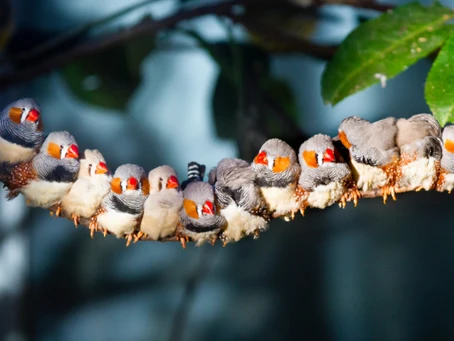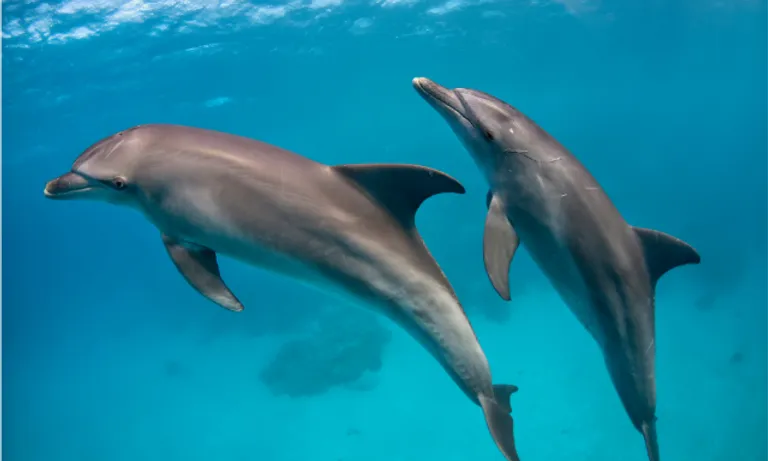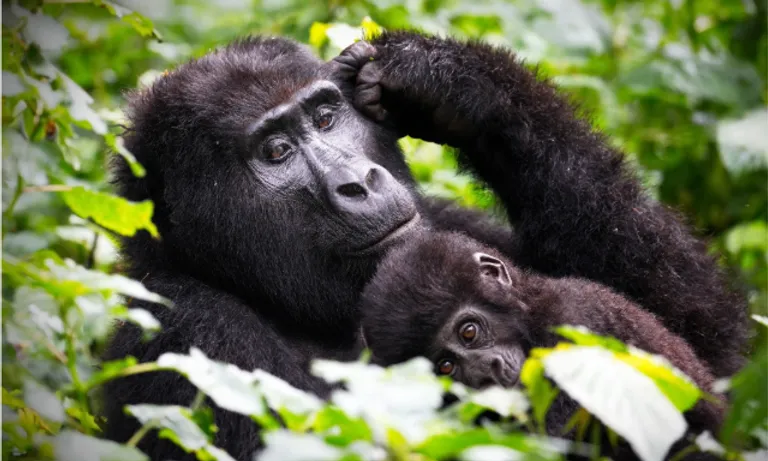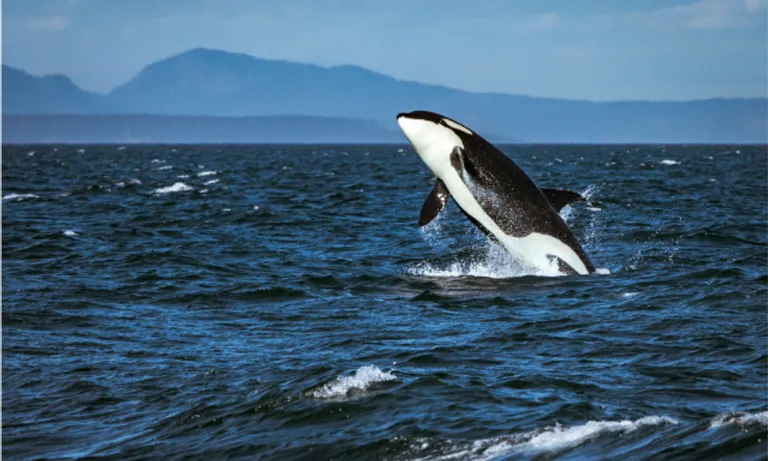The Biomimicry strand of the Common Earth course is a highlight for many participants. We learn how organisms, over billions of years, have developed many elegant solutions which we can discover and apply to our current environmental challenges. For example, termite mounds teach us how building materials can be used to improve air circulation, minimizing the need for powered air-conditioning, and Japanese bullet trains, which are designed for increased aerodynamics and greater energy efficiency, are inspired by the kingfisher’s beak shape.
Nature’s wisdom can also give us insights into many other fields, including Education. On the Ask Nature website, one of the collections is: How Does Nature Teach and Learn? The Common Earth team recently reviewed the strategies in this collection to explore what other species can tell us about teaching and learning, and then reflected on the use of these strategies in implementing our mission. We discovered that we do in fact employ many of the strategies for teaching and learning that are effective for other species. There’s always room for improvement, and we now have some new ideas for incorporating more strategies, but we’re on the right track. The following includes our reflections and insights from this activity.
What learning strategy can rock ants teach us? Scientists have learned that knowledge is passed on from more to less experienced rock ants through “tandem running.” Naive ants don’t know where to look for food, so they run in tandem with more experienced ants. The less experienced ants often meander off course to get a sense of the land to help guide their way in the future. The “teacher” ant slows down to wait for the less experienced ant, sacrificing short term so that the student can learn more efficiently, which benefits the community as a whole. This strategy of a continual dialogue, and leaving space for contextualization and internalization is fundamental to the Common Earth methodology. We provide an insight-based framework with opportunities for participants to come to their own conclusions, with the overall goal being a shared vision of how we can best address the climate crisis.
Observing the Zebra finch, researchers discover that the speed and construction of nest building, which is key to their ability to reproduce, is most successful if the finches build with the presence of an adult finch. Interestingly, they don’t need to imitate or see a demonstration; the mere presence of an adult is most important to their success. In the Common Earth courses, this strategy of “presence” is also valued. Our Adult and Youth Programs are multi-generational and participants are at different stages of their journeys together. The facilitators try to create a safe and nurturing space where everyone is present for each other and innate wisdom can emerge.

Zebra finches also teach us another strategy: how consistent feedback and the ability to make micro-adjustments can be more effective to learning than a static teaching method. As Zebra finches learn how to sing, which determines whether they will keep their genetic legacy alive, they learn through practice. Their brains immediately give feedback about the sound. If they are trying to mimic and do it incorrectly, their brains will adjust; it’s like having a tutor inside the brain. At Common Earth we also try to micro-adjust to the needs of participants in the course. We choose the members of each breakout room carefully. We’ve started giving participants options for pre-work, and questions in advance to provide more time for reflection. Individual calls with participants are set up to give more attention if needed. Adjustments are made to the course based on feedback; not always immediately, but we do respond to improve the learning outcomes.
Bottlenose dolphins, like humans, have a lengthy period of time to move into adulthood. This stage is crucial to developing lifelong relationships and survival skills. When things are stable, there is mostly vertical social transmission – from parent to child. An unstable environment, however, requires urgency and quick adaptation – a shift to peer to peer transmission which allows for more experimentation and wider, faster transmission of learning. Researchers who observe these dolphins find that they share knowledge with their peers about how to use tools in creative ways. For example, they learn from each other to use sea sponges to protect their noses while rooting through a sea floor for food, and “shelling” – a foraging technique where they chase fish into a conch shell and then tip it into their mouths. Common Earth’s purpose is to build a large community of people with a common holistic understanding and a shift in thinking. To do that, our courses, kiths (local groups), and ideas need to expand exponentially. This strategy of peers sharing information and insights with each other through social bonds and friendships is key to reaching that goal. In our courses we focus on peer-to-peer learning through our conversation methods and break out rooms, where participants have opportunities to share in smaller groups. Like the dolphins who need to adapt quickly and creatively to environmental change, we are also in a situation of urgency regarding the climate. We continue to explore ways to help facilitate the strategy of peer-to-peer learning. Starting local kiths is the most recent way that Common Earth is using this strategy to quickly disseminate information, understanding and connection.

Chimpanzees, our species closest relatives, pass on complex lessons to their young through teaching and engaging. Research shows that the chimpanzee populations that use a large set of complex tools have juveniles who often request the adult tools, and those adults take the initiative to provide their tools to them. The strategy at play is that teaching effort and engagement is high in these populations. Facilitators are similarly engaged in making an educational investment at Common Earth when we pass on non-physical tools, such as our conversation methods and systems thinking.

Have you ever heard the sounds of killer whales? These highly intelligent creatures communicate with their pods through clicks, pulses, and whistles. Since they rely on social groups to hunt, they need effective communication to build relationships.The sounds vary slightly between pods, similar to humans who speak the same language with different dialects. Studies of these whales in captivity alongside dolphins show us that they can learn new communication sounds, even from the dolphins. This is called “vocal learning.” With this strategy, listening happens first, then adaptation and incorporation of the new sounds into their communication. Our Common Earth courses include people from many different countries, cultures, and backgrounds. The communication style that we use doesn’t always land perfectly with everyone. However, to establish a supportive environment for all participants, on the first day of each course we present the concept of UPR – Unconditional Positive Regard. We try to model this attitude of non-judgemental acceptance, caring and support for all, and have found that this communication style is emulated by the members of our pods, or groups. In addition, we recognize that there is always room for improvement in how we deliver information and facilitate discussions. We are open to feedback and the practice of deeper listening and adaptation in order to enhance communication within our groups.

Karuna Skariah, Educator, writes the following in the introduction to the “How Does Nature Teach and Learn?” collection:
Education isn’t just about memorization, but practicing into mastery. Looking to other species, we see that long-term success is all about incorporating new knowledge into your very being.
At Common Earth, we see long-term success in this way as well. Our aspiration is that the knowledge and insights that we all collectively share become deeply incorporated into our individual selves and our communities. To aid us in this task, we value and appreciate all that we can learn from Nature. This activity reminds us to continually turn to this valuable resource as a guide through the many challenges and opportunities we face.


